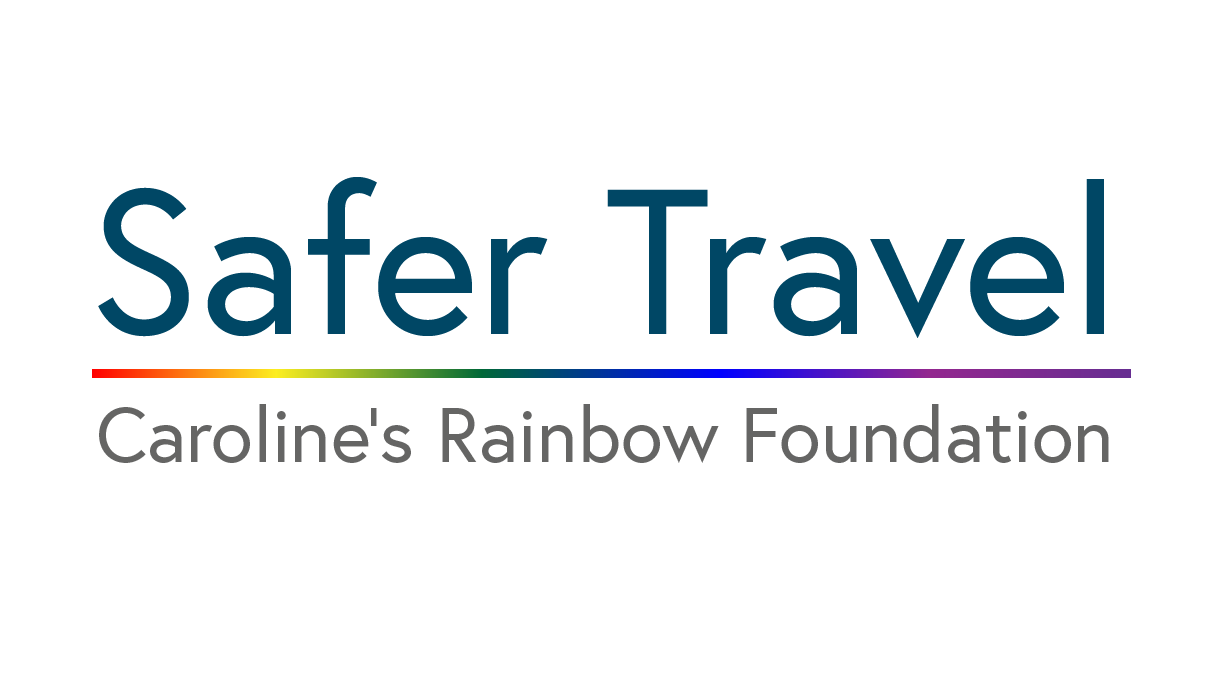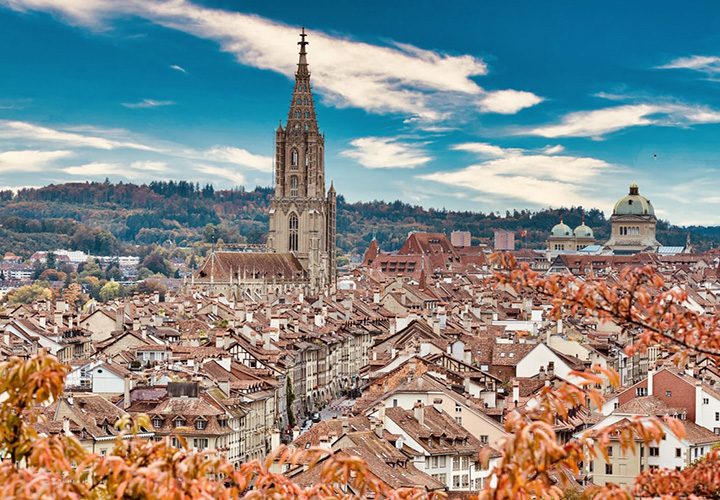Copenhagen
Copenhagen is the capital and most-populated city in Denmark. Originally a Viking fishing village, Copenhagen has now flourished into a thriving cultural and economic hub. The city is a popular destination for city breaks, as people are attracted to the stunning harbour and wide variety of luxury restaurants.

Details
Before visiting any town or city make sure you know the basics. General details and important information.
- Emergency Services: 112
- Language: Danish
- Currency: Danish Krone
- Country Code: DNK
- Travel Visa: None required
- Population: 1,358,608
Risk Level
Researching various official sources, we perceive the risk to holiday makers and travellers are as follows;
Travellers Tips
Top travel advice and interesting tip bits of information from experienced travellers.
Emergencies
For the Emergency services just dial 112.
Hospitals in Copenhagen
Tourist Offices
Travelling Around
Airports
Train Stations
Copenhagen Safety
Where can I keep up with local news?
Are there any crimes that are common within the city?
Immigrant gangs of pick pockets have become common in Copenhagen and operate especially in tourist areas.
Street gambling cons are also common who will entice to bet on fixed games.
Racism has increased in Denmark which is related to the gang crime, rife some immigrant communities.
Do you have any safety tips for the city?
Keep your possessions well hidden in secure pockets and watch out for pickpockets and thieves who work in groups to relieve you of your possessions.
If you are subject to racism, it is advisable to back off and not engage as some minority groups popularly have bad reputations in Copenhagen.
Improve Your Personal Safety
Knowledge – the more you have the better equipped you are.
Awareness – the more you see the safer you become.
Response – the right reaction can change a situation.
Annual Events
Annual events allow a city come together for some amazing experiences. If visiting at this time, make sure you have your accommodation booked and are always aware of your surroundings when travelling around.
Copenhagen Events
One of the biggest rock events in the world held on a huge field near the city of Roskilde, half an hour from Copenhagen. The festival began in 1971 and has become very popular, with 70,000 tickets available most of which are sold out before the programme is even published! The festival is a huge party, with guests from all around the world. As well as concerts, there are stalls selling items from jewellery and clothes to massage and tattoos. Roskilde Festival takes place every year around the end of June or the beginning of July.
This Carnival is an annual event taking place on the streets of Copenhagen for three days during the Whitsun Holiday. Over the years it has developed into the largest Danish festival for world music with 120 bands, 2000 dancers and more than 100,000 spectators participating.
The main venue of the carnival is at Fælledparken where there are eight stages for different music genres. As well as traditional samba and steel pan music, the festival’s focus is on world music, though there is also an electronic carnival programme at the electric stage. The main Parade takes place on Saturday and runs from Kongens Nytorv to the city hall square along the Stroget. The next day the parade is repeated in Fælledparken, followed by a final evening of celebrations. There is a special programme for children and young people with workshops, performances and a separate parade.
Viking Plays and Festival (Vikingespil)
Vikingespil which literally means Viking Plays, is Denmark’s annual viking theater in Frederikssund. This event is a long running cultural play in Denmark and is well known for offering a Viking Revue show and two Viking Markets. Performances at this event take place on every evening for two weeks, starting at the summer solstice. Each year, a different play based on viking folklore and mythology is performed by over 100 members of the viking community in Frederikssund, and mead called Mjød which is viking beer is drunk.
Copenhagen Highlights
Are there any particular highlights worth mentioning?
At Langelinje Pier you will see one of Copenhagen’s most famous tourist attractions, the sculpture of The Little Mermaid which was 100 years old in 2013. The Little Mermaid was a gift from Danish brewer Carl Jacobsen to the City of Copenhagen in August 1913. Inspired by Hans Christian Andersen’s fairy story about a mermaid leaving the sea to be united with a handsome prince, the mermaid statue is made of bronze and granite. Perched on a rock in the water, she emerges every morning and evening and looks towards the shore to catch a glimpse of her prince.
In the fjord of Roskilde, 35 minutes from Copenhagen, the Viking Ship Museum offers a fascinating experience for adults and children alike, where you come face to face with history. There are five original Viking ships and you can sail in a replica viking boat on the Roskilde Fjord.These ancient ships tell stories about war and long distance travel at sea 1000 years ago. At the boatyard you can follow the construction of a Viking ship and at the boat builder’s workshop you can try working oak and using Viking tool skills.
The Botanical Garden’s are in the centre of Copenhagen covering 10 hectares and are noted for their complex of glasshouses from 1874. First established in 1600 they came to their current location in 1870. There are more than 13,000 species arranged in sections including, Danish plants (600 species), perennial plants (1100 species), annual plants (1100 species), rock gardens with plants from mountainous areas in Central and Southern Europe and Conifer Hill which is planted with coniferous trees. The garden has 27 glasshouses with the most notable being the Palm House from 1874, which is 16 metres tall and has narrow, cast-iron spiral stairs leading to a passageway at the top. You can also find an air-conditioned polar greenhouse re-creating an Arctic environment.
Where are some good places to visit in Copenhagen?
Denmark’s National Museum is located in the Prince’s Palace, an 18th century mansion in the centre of Copenhagen, built for the Crown Prince Frederik V. Today it is no longer used by the royal family, but its Great Hall is still elegant enough to evoke princes and princesses. There are exhibitions from the Stone Age, the Viking Age, the Middle Ages, the Renaissance and Modern Danish History. After extensive reconstruction, the Danish Antiquity exhibit has re-opened, with prominent national treasures such as the 3,000 years old Sun Chariot, the Bronze Age Egtved Girl, and an amazing collection of archaeological finds from the Viking Age, many of which have never been shown before.
Founded in 1859 Copenhagen Zoo is one of the oldest zoos in Europe and it covers 27 acres Fredericksberg. The zoo is noted for its new Elephant House designed by the world-famous British architect Sir Norman Foster. Animals have good living conditions and space, with new facilities that allow you to get close to fascinating animals, both above and below the water surface. The Copenhagen Zoo has more than 3,000 animals from around the world and a total of 264 different species.
Strøget is one of Europe’s longest pedestrian streets with many shops, from lower end chains, to the world’s most expensive brands. The street is 1.1 km, long running from City Hall Square to Kongens Nytorv. This area is not just about shopping, if you look down the side streets you will see some of Copenhagen’s most beautiful sights, such as the Church of the Holy Ghost (Helligåndskirken), the Church of Our Lady (Vor Frue Kirke), the court house at Nytorv Square and the Stork Fountain (Storkespringvandet) at Amagertorv Square. Strøget is also a popular hangout for street performers with shows by acrobats, magicians and musicians.





